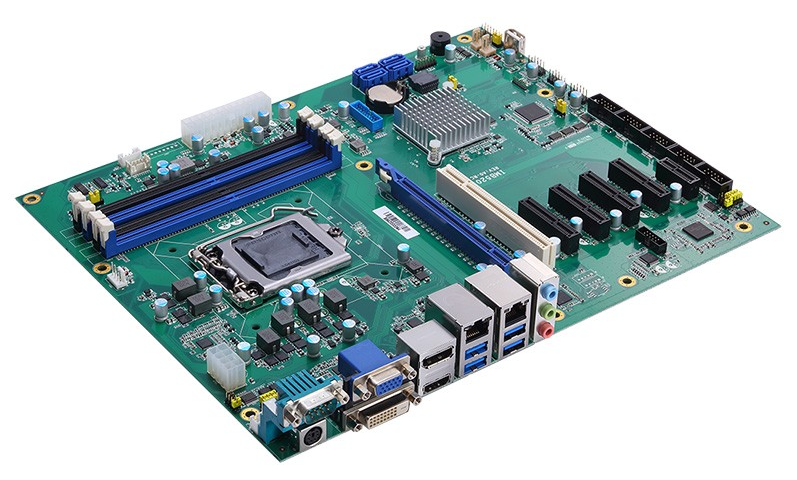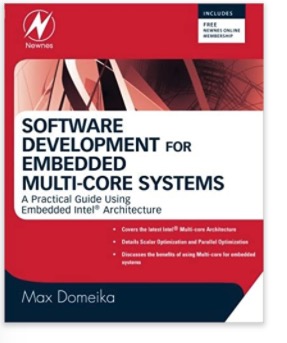Recent Posts
IMB520R ATX Motherboard with LGA1151 Socket 9th/8th Gen Intel® Core™ Processor
Posted by on
Axiomtek introduced their IMB520R and IMB521R, which are industrial-strength ATX motherboards powered by the LGA1151 socket 9th and 8th generation Intel Core i7/i5/i3 (Coffee Lake Refresh), Intel Pentium or Intel Celeron processor with the Intel Q370 chipset (IMB520R) or Intel C246 chipset (IMB521R).
The motherboards provide a design with high functionality, and they offer various expansion interfaces, security features, and graphical performance in a range of applications that include industrial automation, gaming, AI-related server, self-service kiosks, medical, and digital signage.
The IMB520R and IMB521R come with multiple I/O ports including four RS-232, two RS-232/422/485, two Gigabit LAN with Intel Ethernet controller i211-AT and Intel Ethernet connection i219-LM, two USB 3.1 Gen2, four USB 3.1 Gen1, seven 180D type-A USB 2.0, eight-channel digital I/O, one HD Codec audio, one SMBus, and one PS/2 keyboard and mouse. Both of the ATX motherboards are equipped with four 288-pin DDR4-2666/2400 DIMM sockets with a memory capacity of up to 128GB to satisfy the requirements of high-density computing applications.
Furthermore, they feature four SATA-600 sockets with RAID 0/1/5/10 function to improve data recovery capabilities. To ensure operation across platforms, the boards are capable of resisting an operating temperature range of 0°C to 60°C. They also maintain a watchdog timer, hardware monitoring functions, and optional Trusted Platform Module 2.0 (TPM 2.0).
Features
- LGA1151 socket 9th/8th gen Intel® Core™ i7/i5/i3, Xeon® E, Pentium® or Celeron® processor (Coffee Lake Refresh)
- Four 288-pin DDR4-2666/2400 ECC DIMM for up to 128GB of memory
- DisplayPort++, VGA, DVI-D and HDMI with triple-view supported
- 4 SATA-600 with RAID 0/1/5/10
- 2 USB 3.1 Gen2 and 4 USB 3.1 Gen1
- TPM 2.0 supported (optional)
Software Development for Embedded Multi-core Systems: A Practical Guide Using Embedded Intel Architecture
The multicore revolution has reached the deployment stage in embedded systems ranging from small ultramobile devices to large telecommunication servers. The transition from single to multicore processors, motivated by the need to increase performance while conserving power, has placed great responsibility on the shoulders of software engineers. In this new embedded multicore era, the most demanding task is the development of code to support more sophisticated systems.
This book provides embedded engineers with a solid grounding in the skills required to develop software targeting multicore processors. Within the text, the author undertakes an in-depth exploration of performance analysis and a close-up look at the tools of the trade. Both general multicore design principles and processor-specific optimization techniques are revealed.
Detailed coverage of critical issues for multicore employment within embedded systems is provided, including the Threading Development Cycle, with discussions of analysis, design, development, debugging, and performance tuning of threaded applications. Software development techniques engendering optimal mobility and energy efficiency are highlighted through multiple case studies, which provide practical “how-to advice on implementing the latest multicore processors.
Finally, future trends are discussed, including terascale, speculative multithreading, transactional memory, interconnects, and the software-specific implications of these looming architectural developments.
 Loading... Please wait...
Loading... Please wait...


